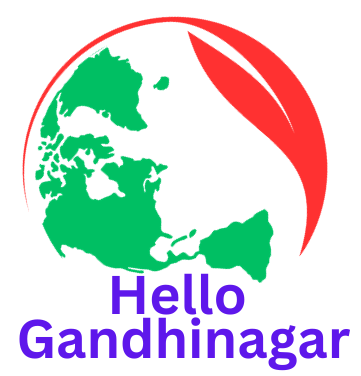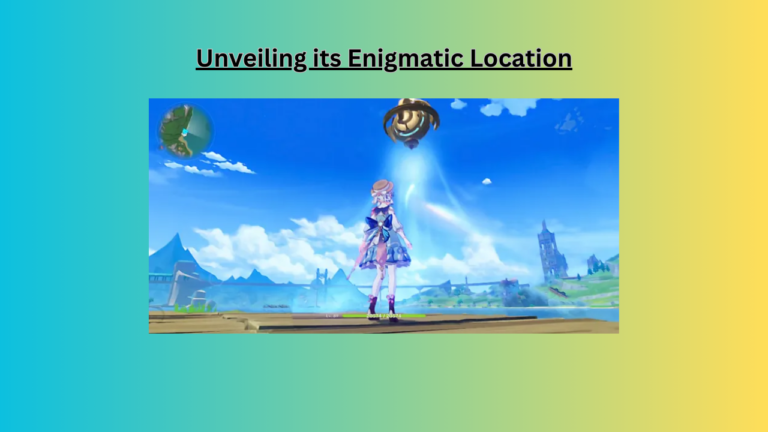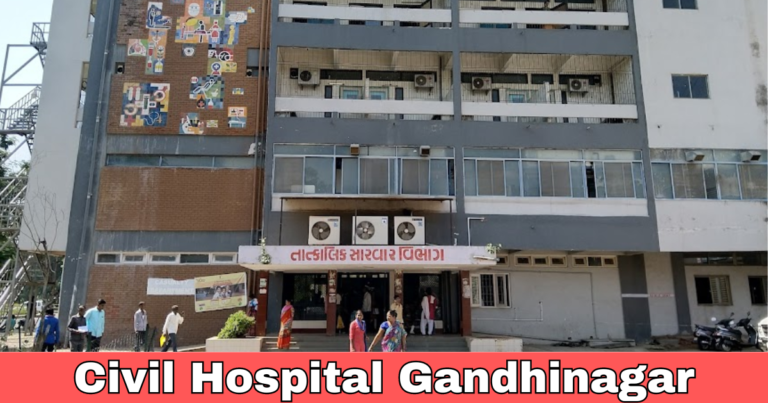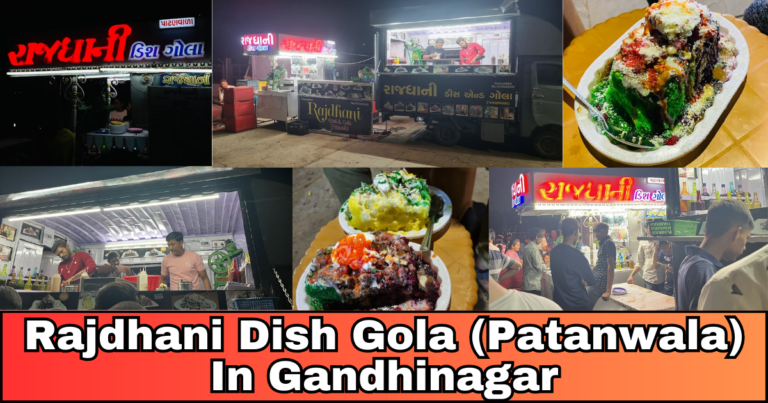What is the Population of Gandhinagar
What is the Population of Gandhinagar:Gandhinagar: the capital of Gujarat, India, is a city teeming with life and vitality. As the heartbeat of this beautiful state, it’s essential to understand the demographics, history, and factors influencing its population dynamics. In this article, we will delve into the colorful tapestry of Gandhinagar’s population, providing you with an insightful journey through its past, present, and future. So, let’s get started with our quest for the population of Gandhinagar!
The Demographics of Gandhinagar
Gandhinagar is home to people from various walks of life, and its demographics reflect a vibrant mix of cultures and backgrounds. The age distribution in the city is diverse, with a significant number of young individuals seeking opportunities in education and employment. The gender distribution showcases a balanced ratio, fostering a sense of equality and inclusivity. The city’s cultural diversity is a testament to its cosmopolitan nature, with residents hailing from various regions of India and even abroad. Additionally, Gandhinagar’s religious diversity is a beautiful mosaic of faiths, and multiple languages are spoken here, contributing to its rich linguistic tapestry.
Historical Population Trends
Understanding Gandhinagar’s population history provides insights into its growth and evolution. Over the years, Gandhinagar has experienced steady population growth, largely attributed to its emergence as Gujarat’s capital. Factors contributing to this growth include government investment in infrastructure, educational institutions, and a flourishing economy. Notable milestones in Gandhinagar’s population history include the establishment of the city as a separate entity from Ahmedabad and the subsequent rise in its prominence.
Current Population Figures
To quench your curiosity, let’s dive into the most recent census data. Gandhinagar’s population has been on an upward trajectory, with an impressive population density that reflects the city’s bustling urban life. Comparing it with other cities in Gujarat, Gandhinagar holds its own unique charm and importance, making it a significant contributor to the state’s population landscape.
Factors Influencing Population
Several factors play a pivotal role in influencing Gandhinagar’s population dynamics. Economic opportunities provided by various industries and businesses attract people from different parts of India. The presence of prestigious educational institutions, offering quality education, acts as a magnet for students and professionals. Government policies and investments in infrastructure and urban development further contribute to the city’s growth, making it an attractive destination for both residents and businesses.
Population Projections
What does the future hold for Gandhinagar’s population? The crystal ball suggests continued growth. The city is set to witness increased urbanization and development in the coming years, accompanied by opportunities and challenges. It is crucial for local authorities to plan strategically and sustainably to accommodate this growth while ensuring a high quality of life for all residents.
Significance of Accurate Population Data
Accurate population data is more than just numbers; it’s the key to effective governance and resource allocation. Local planning and policy formulation rely on these numbers to ensure the city’s social and economic development. Understanding the population helps in addressing the needs and aspirations of the residents and contributes to the overall well-being of the city.
Conclusion
In conclusion, the population of Gandhinagar is not just a statistic but a reflection of the city’s dynamic and evolving nature. As Gandhinagar continues to grow and prosper, understanding its population becomes increasingly crucial. This article has provided you with a comprehensive overview of the city’s demographics, historical trends, current figures, and the factors influencing its population. As we continue to explore the colorful mosaic that is Gandhinagar, we encourage further research and data analysis to unlock even more of the city’s secrets.






